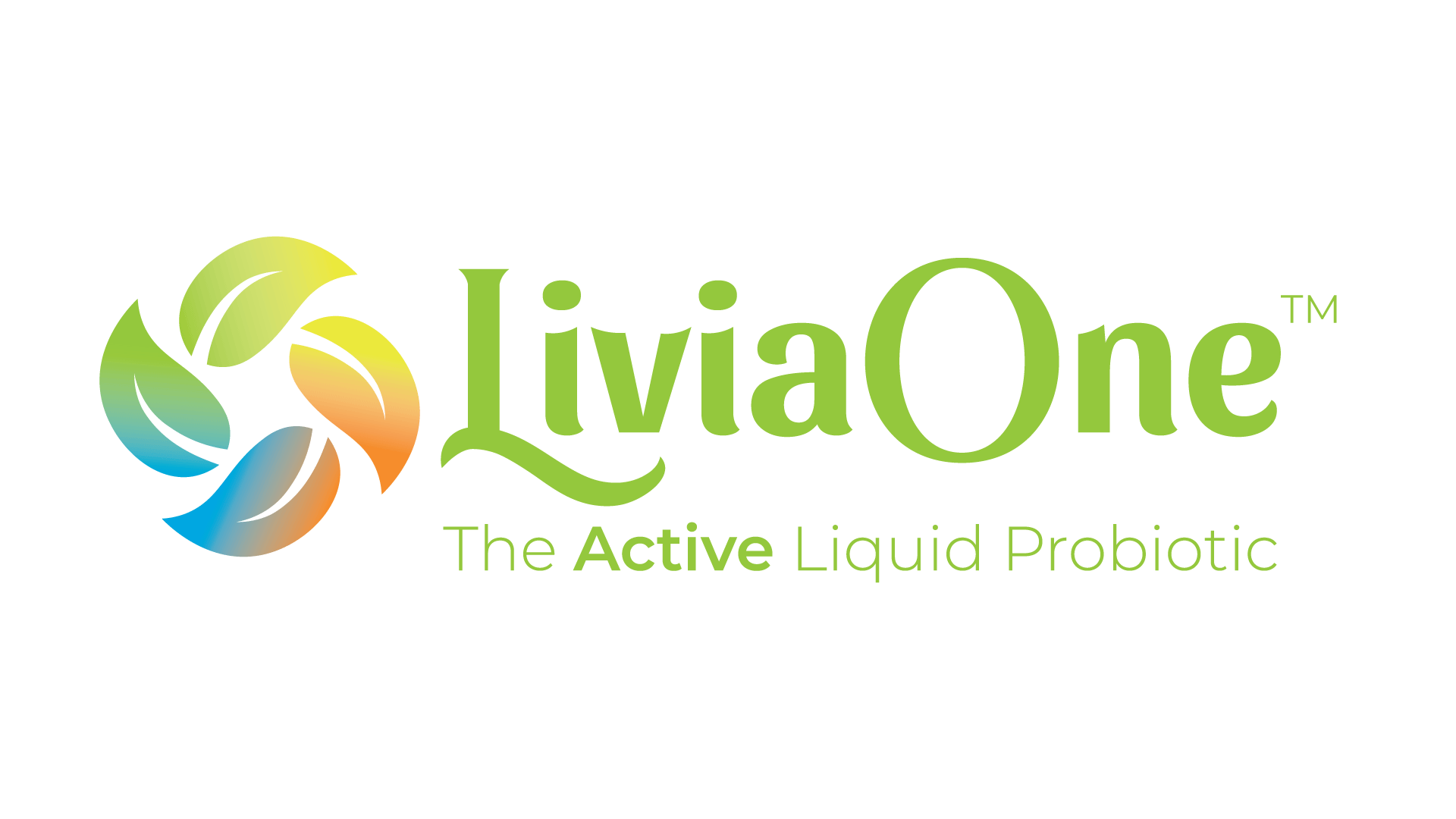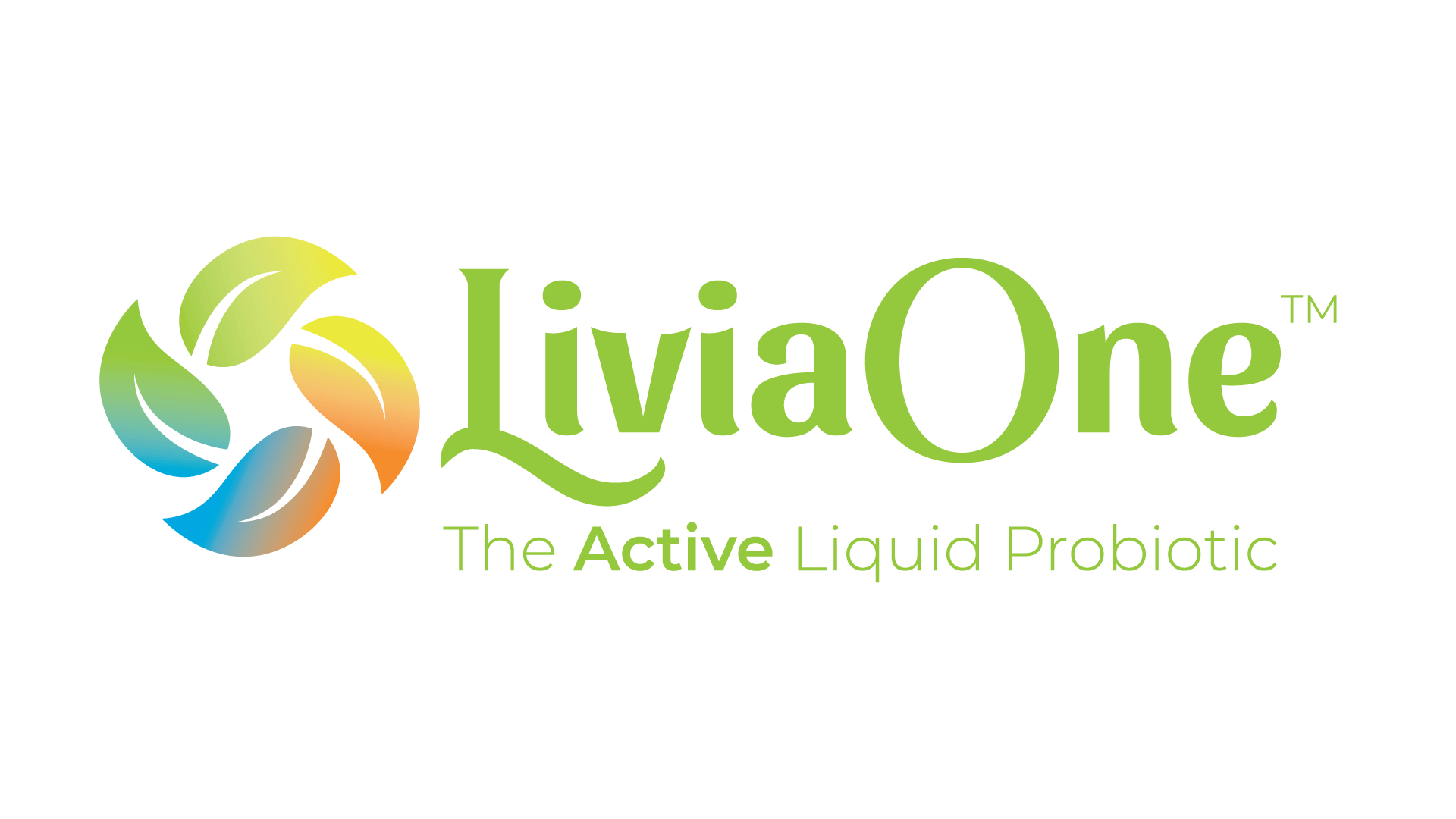Antibiotics
The difference between a probiotic and an antibiotic is clear in dictionary terms, but in early experiments, the two concepts sometimes seem more alike than different. The history of antibiotics includes many accounts of odd accidents, where a reaction between bacteria and mold eventually generated new medical applications. Alexander Fleming discovered penicillin by accident in 1928. Penicillin is actually a mold or fungus which fights particular infections that are bacteria-based. In 1941, Howard Florey and Ernst Chain further developed the Fleming discovery into a form that became known as the new wonder drug.
Penicillin and many other antibiotics work by inhibiting the wall-building process in bacteria cells, thereby weakening the harmful bacteria that cause infections. Penicillin is particularly effective in the treatment of strep throat, syphilis, and pneumonia, but not all bacterial infections are treatable by the use of Penicillin. Probiotics work by reducing the comfort factors that create a harbor for harmful bacteria, such as pH factors within the lower digestive system. However, even strong promoters of probiotic treatments such as Dr. Anil Minocha note that
No two probiotics are exactly alike; we should not expect reproducible results from studies that employ different species or strains, variable formulations, and diverse dosing schedules.
Streptomycin is an antibiotic that effectively fights the bacteria which causes Tuberculosis. Developed in 1943 by the American scientist Selman Waksman, it was originally derived from soil bacteria. Some bacterial infections have been found to be resistant to Penicillin, which has led to a new group of drugs being developed, known as Tetracyclines. Aureomycin, discovered in the 1940's, was the first Tetracycline. Another type of antibiotic is the class known as Cephalosporins, which were originally derived from a bacteria living in a drainage pipe in Italy. Given a choice between soil-derived and "drainage pipe" bacteria versus yogurt, most people would prefer the probiotic approach offered by fermented milk products. However, wide-spectrum antibiotics play an important role in reducing illnesses at many stages in our life cycle, from infant diseases to geriatric problems.
For patients who are allergic to Penicillin, an antibiotic called Erythromycin is often used. This medicine was originally made from soil bacteria found in the Phillipines, but now is synthetically produced in the laboratory. Bacitracin is an antibiotic derived from bacteria, and is a common ingredient in first-aid creams and ointments that are applied directly to superficial cuts and minor wounds. Many antibiotic agents are mined from fermented bacterial reactions in a laboratory, which is also the source of the probiotic-enhancing compounds known as "prebiotics."
What characteristics are common to all antibiotics? They tend to wipe out a large number of the human body's helpful bacteria as collateral damage, while attacking the infection that is the main object of their task. Many people report diarrhea and stomach upset as a result of taking antibiotics. An overpopulation of Candida, or a yeast infection, is also a common side effect of the collateral damage inflicted by antibiotics.
In contrast, probiotics represent a more gentle and proactive approach. The presence of helpful bacteria species such as Bulgaricus, B Breve, B Longum, and Acidophilus in the intestines and colon has been linked with a wide variety of health benefits. One important function of probiotic-rich foods and probiotic supplements may be to help patients recover from the damage inflicted by wide-spectrum antibiotics such as Erythromycin.
In a 2009 study reported by "Nutrition in Clinical Practice," Rohde, Bartolini, and Jones noted that the harmful bacteria Clostridium Difficile or C Difficile tends to run rampant after broad-spectrum antibiotic treatment. Whereas a normal, healthy person would have microfloral controls in place to avoid the overpopulation of C Difficile, a weakened immune response can allow it to attack the intestinal mucosa. This exploitation of the weakened gut microflora after antibiotic treatment has the potential to cause a variety of symptoms ranging from mild diarrhea to severe life-threatening conditions. Once established, a C Difficile imbalance can lead to infection, sometimes increasing mortality rates by 10% 30%. Severe diarrhea can block the absorption of nutrients, which is especially disastrous in underweight children and frail elderly patients. Without the proper absorption of nutrients, most patients are slower to recover from the initial infection that necessitated the first round of antibiotics. Secondary infections make for additional difficulties in recovery.
The Rohde and Bartolini study recommended probiotic supplementation as a preventative measure to boost the patients' indigenous populations of helpful bacteria, thereby preventing and treating antibiotic-associated diarrhea. Their study concluded that specific probiotics may change the environment at the point of interchange, which is called the intestinal mucosa. Probiotics appear to antagonize various pathogens by producing antimicrobial compounds and chemicals. The helpful bacteria in probiotics thereby reduce the rate of recurrence and lower the number of infections caused by C difficile, according to Rohde and Bartolini.
With regard to milder infections and pathogens other than C Difficile, the same principles of proactive protection apply to a variety of situations. Dr. Anil Minocha recommends probiotics to reduce allergies, treat urinary tract infections, reduce the occurrence of colitis, and to address the underlying causes of irritable bowel disorder or IBD. He studied growth factors in malnourished children and reported that the uptake of nutrients appears to become more efficient when children are ingesting probiotic-enhanced food and beverages.
A recent 2009 study at the University of Toronto identified mechanisms through which probiotics appear to benefit the immune system. This Canadian study found that some probiotics enhance the mucous barrier of the intestines and colon by increasing the production of innate immune molecules. Other probiotics create beneficial effects by promoting the secretion of immune responses such as secretory immunoglobulin A, regulatory T cells, and interleukin-10.
In this Canadian study, some probiotics were observed to activate receptors in the enteric nervous system, which could indicate a future field of study in the use of microbiotica for certain types of gastrointestinal pain relief. This study revealed enough new discoveries to generate dozens of fresh hypotheses in the field of gastroenterology, microflora, and immune system fortification. The field of microbiology is currently exploding with similar news, indicating a promising potential for the future use of probiotics in medicine.
With the combination of new genome-mapping technology in the laboratory to document cutting-edge bacterial strains, and less-invasive endoscopic procedures to directly observe the gastrointestinal tract, applications for probiotic use appear to be on the verge of acquiring "critical mass." With the next generation of discoveries regarding probiotics, the dividing line will soon be non-existent between probiotic treatment as a theory versus accepted therapy. Recent discoveries in the field of microflora remind us that medicine may be at a turning point similar to the one we witnessed in 1945 with the advent of antibiotics. Our next wonder drug is quite likely to be an application of probiotics in the field of gastroenterology, with wide-ranging impacts on the understanding of the human immune system.
REFERENCES:
"The Details Behind Digestion." Kim Schoenhals. EndoNurse Web Site: The Authority for Endoscopic Nursing. 06/01/2003.
"Probiotics for Preventive Health." Anil Minocha, MD, Louisiana State University Health Sciences Center and VA Medical Center, Shreveport, Louisiana. Nutrition in Clinical Practice, Vol. 24, No. 2, 227-241 (2009).
"The Use of Probiotics in the Prevention and Treatment of Antibiotic-Associated Diarrhea With Special Interest in Clostridium difficile Associated Diarrhea." Cynthia L. Rohde, Vickie Bartolini, and Nicole Jones. Nutrition in Clinical Practice, Feb 2009; vol. 24: pp. 33 - 40.
"Unraveling Mechanisms of Action of Probiotics." Philip M. Sherman, Juan C. Ossa, and Kathlene Johnson-Henry. The Research Institute, Hospital for Sick Children, University of Toronto, Toronto, Ontario, Canada. Nutrition in Clinical Practice, Feb 2009; vol. 24, No. 1: pp. 10 - 14.
For more information:
 A complete description of probiotics, along with groundbreaking recent clinical research illustrating the many ways probiotics can prevent disease, can be found in Probiotics - Protection Against Infection: Using Nature's Tiny Warriors To Stem Infection. This new compendium from one of contributing authors of the content on this page, Dr. Casey Adams, PhD., takes the confusion out of selecting and supplementing with probiotics. Referencing over 500 scientific studies and reports, and with detailed instructions on how to make your own probiotic foods, this book is a must for anyone seeking to understand the power of probiotics, and improve their immunity and vitality. Click here for ordering information.
A complete description of probiotics, along with groundbreaking recent clinical research illustrating the many ways probiotics can prevent disease, can be found in Probiotics - Protection Against Infection: Using Nature's Tiny Warriors To Stem Infection. This new compendium from one of contributing authors of the content on this page, Dr. Casey Adams, PhD., takes the confusion out of selecting and supplementing with probiotics. Referencing over 500 scientific studies and reports, and with detailed instructions on how to make your own probiotic foods, this book is a must for anyone seeking to understand the power of probiotics, and improve their immunity and vitality. Click here for ordering information.
Please read this Disclaimer:
The contents of this site, such as text, graphics, images, information obtained from www.Probiotic.org licensors and other material ("Content") contained on this site is for informational purposes only. The Content is not intended to be a substitute for professional medical advice, diagnosis or treatment. Always seek the advice of your physician or other qualified health provider with any questions you may have regarding a medical condition. Never disregard professional medical advice or delay in seeking it because of something you have read on this site!

